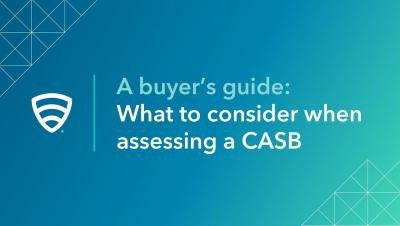Understanding Monetary Authority of Singapore's (MAS) Guidance: Safeguarding Your Financial Institution's Cloud Environment
As a major financial hub in Asia and globally, Singapore is very aware of the challenges facing the financial industry, especially the accelerated digital transformation that stemmed from the COVID-19 pandemic. In response to the sector’s increased exposure to cloud technology, the Monetary Authority of Singapore (MAS) has released a guideline to address cybersecurity risks associated with the adoption of public clouds.











